Emotional Development in People with High Capacities: Induction of Emotions through Pictorial Abstraction
Abstract
1. Introduction
2. Materials and Methods
2.1. Design
2.2. Participants
2.3. Stimuli
2.4. Test
2.5. Procedure
2.6. Presentation of the Stimuli
3. Results
4. Discussion
Funding
Conflicts of Interest
Appendix A
Appendix B
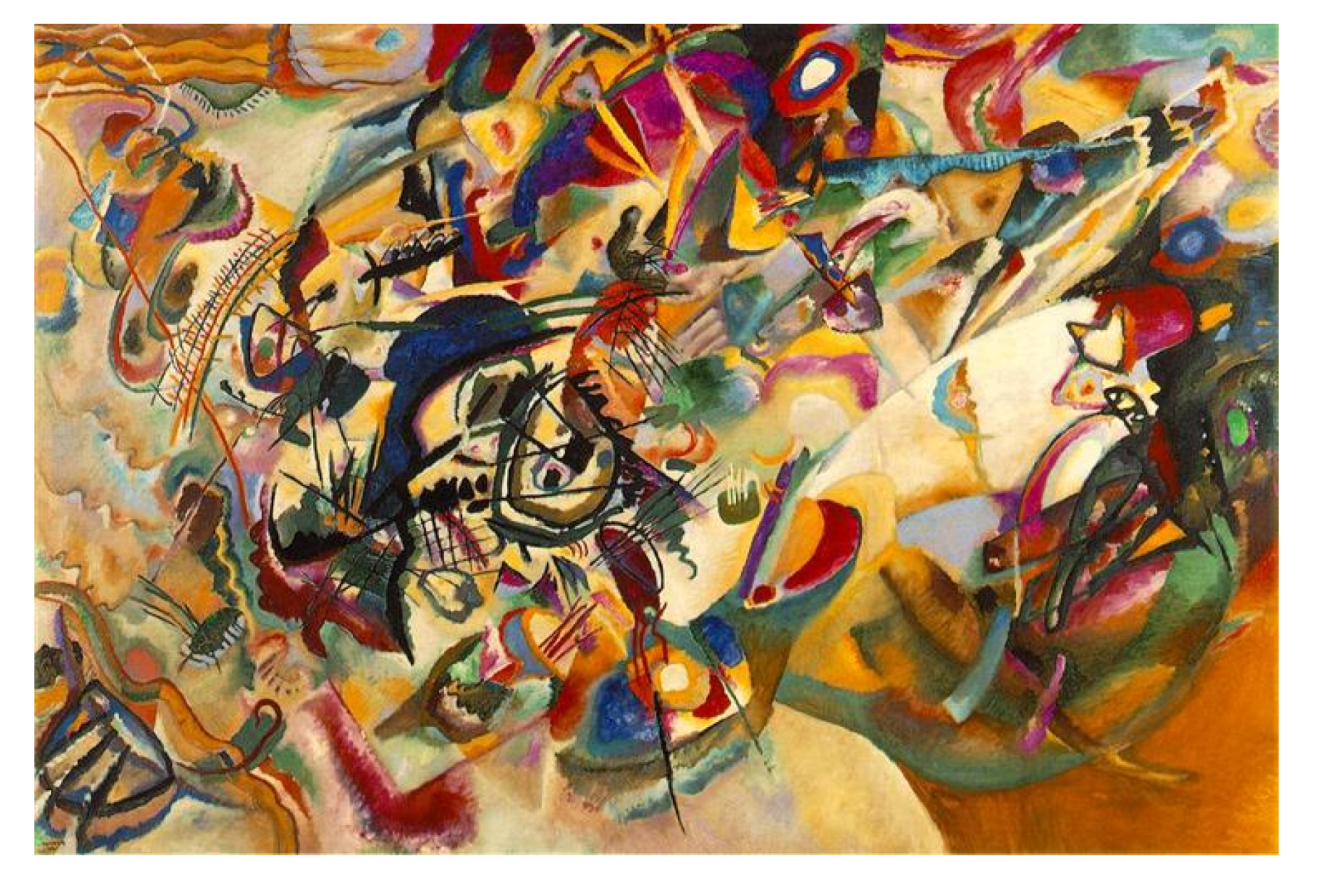



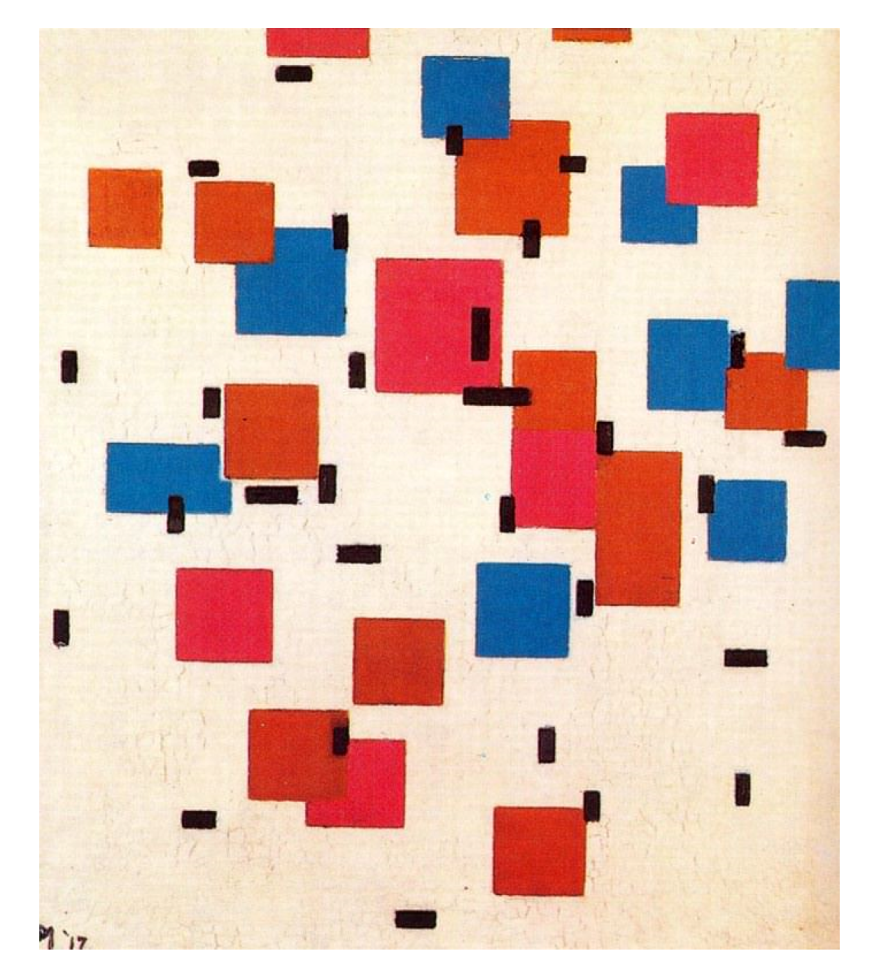
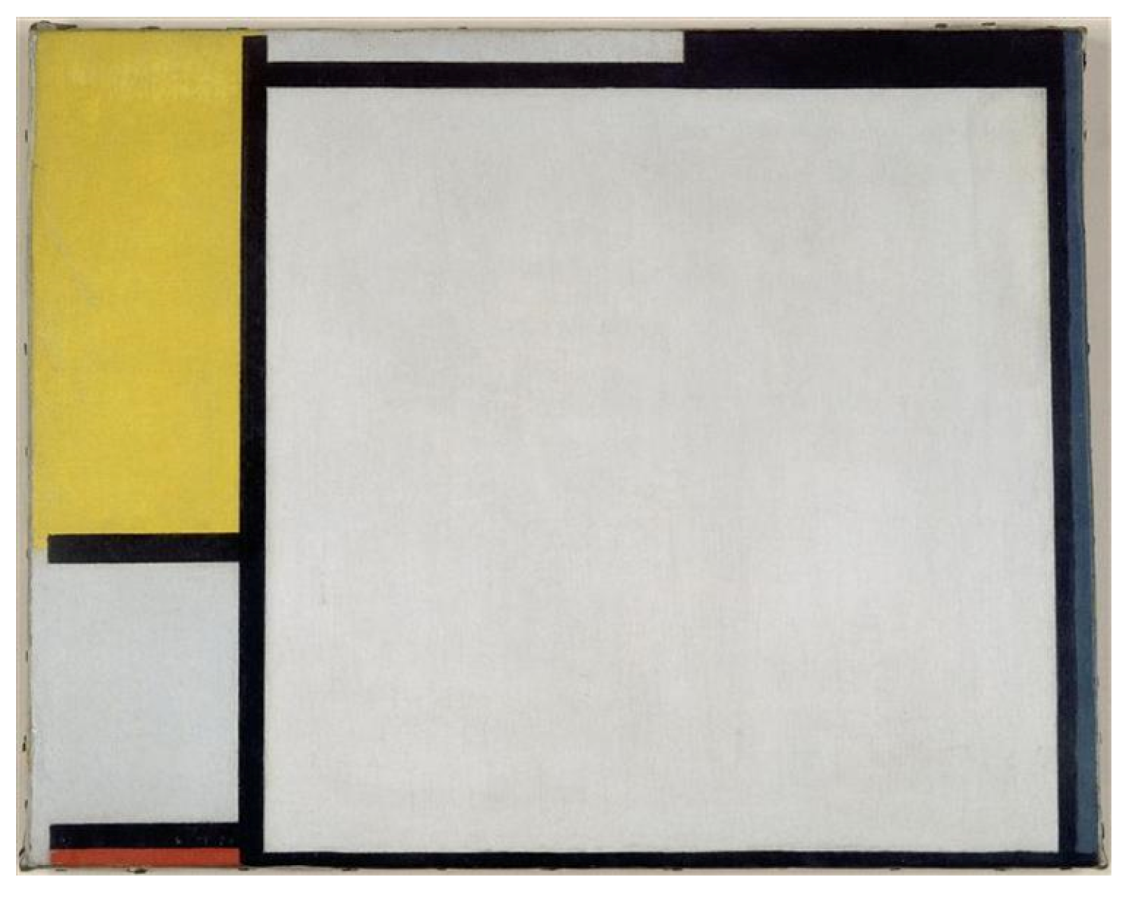
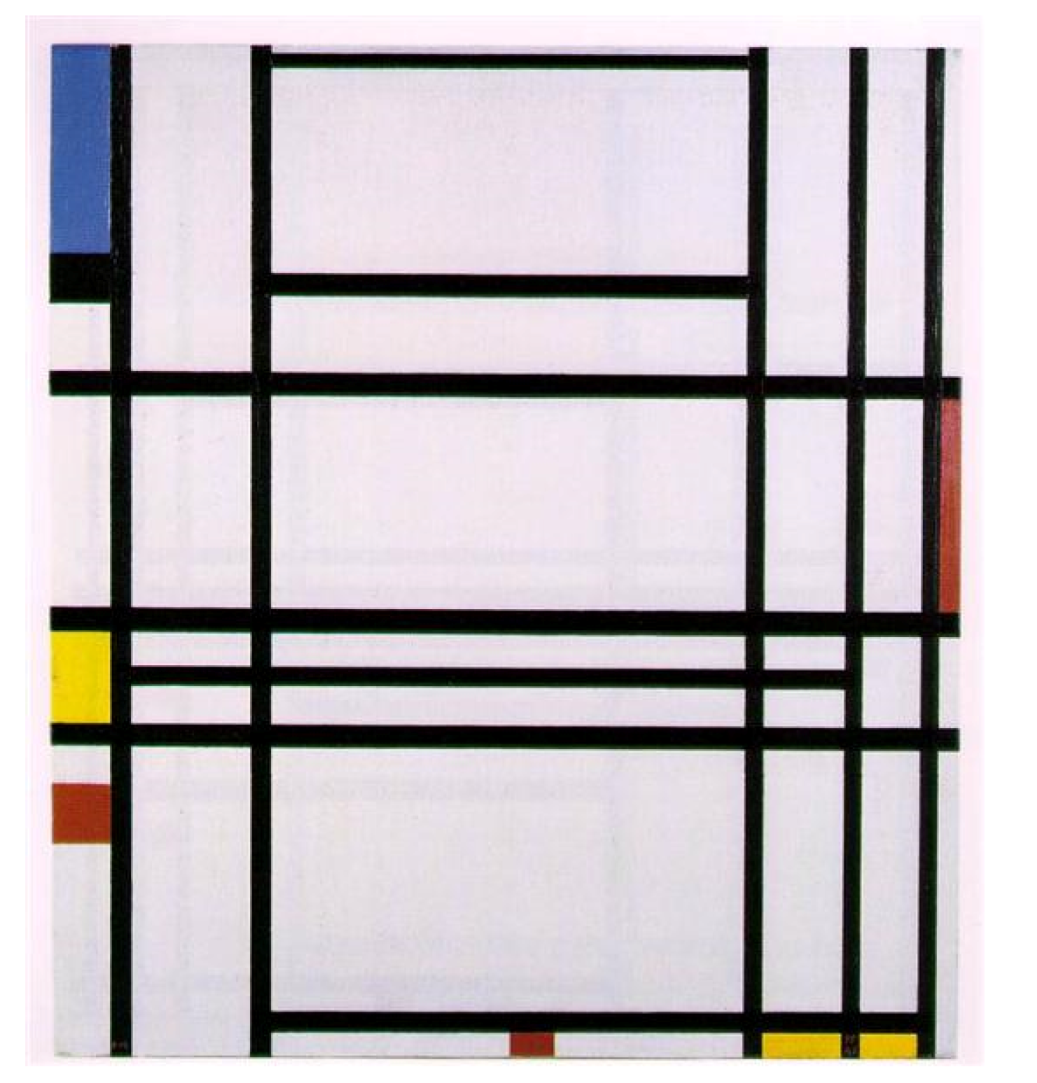
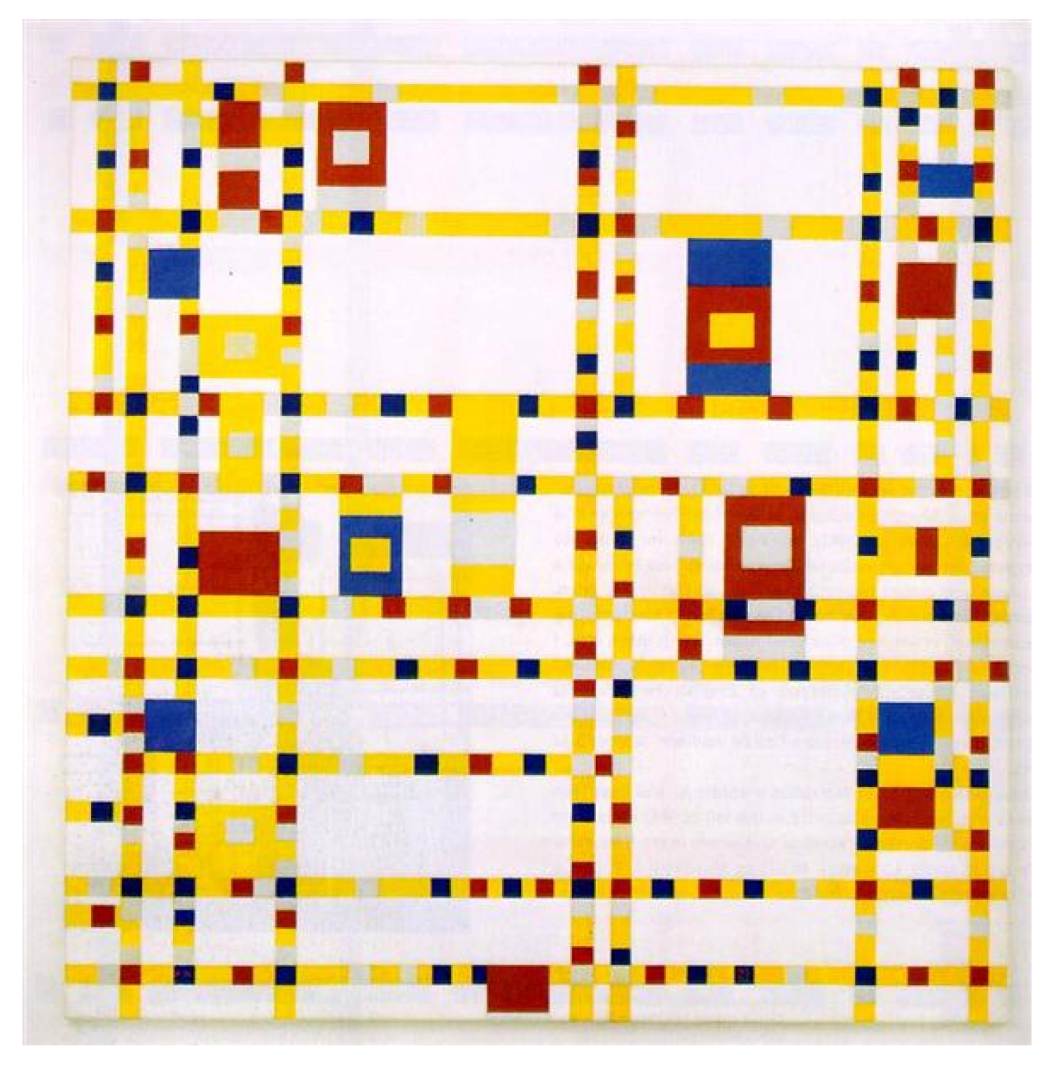
References
- Lang, P.J. The application of psychophysiological methods to the study of psychotherapy and behavior modification. In Handbook of Psychotherapy and Behavior Change; Bergin, A.E., Garfield, S.L., Eds.; John Wiley & Sons Inc.: New York, NY, USA, 1971; pp. 75–125. [Google Scholar]
- Lang, P.J.A. Bio-Informational Theory of Emotional Imagery. Psychophysiology 1979, 16, 495–512. [Google Scholar] [CrossRef] [PubMed]
- Eren, F.; Çete, A.; Avcil, S.; Baykara, B. Emotional and Behavioral Characteristics of Gifted Children and Their Families. Arch. Neuropsychiatry 2018, 55, 105–112. [Google Scholar] [CrossRef] [PubMed]
- Terrassier, J.C. Gifted children and psychopathology. The syndrome of dyssinchrony. In Gifted Children Reaching Their Potential; Gallagher, J.J., Ed.; Kollek and Son: Jerusalem, Israel, 1979; pp. 430–440. [Google Scholar]
- Cross, T.L. Walking the Straight and Narrow: The Role of School Punishment in the Emotional Decline of the Gifted Student. Gift. Child Today 2011, 34, 43–44. [Google Scholar] [CrossRef]
- Robinson, N.M. Introduction. In The Social and Emotional Development of Gifted Children: What Do We Know? Neihart, M., Reis, S.M., Robinson, N.M., Moon, S.M., Eds.; Prufrock Press: Waco, TX, USA, 2002; pp. xi–xxiv. [Google Scholar]
- Dabrowski, K. The theory of positive disintegration. Int. J. Psychiatry 1966, 2, 229–249. [Google Scholar]
- Alsop, G. Asynchrony: Intuitively valid and theoretically reliable. Roeper Rev. 2003, 25, 118–126. [Google Scholar] [CrossRef]
- Clark, B. Growing Up Gifted: Developing the Potential of Children at Home and at School, 3rd ed.; MacMillan: New York, NY, USA, 1988. [Google Scholar]
- Pérez, L.; Domínguez, P. Adolescencia y Superdotación. Características Y Necesidades en la Comunidad de Madrid; Consejería de Educación, Dirección General de Promoción Educativa: Madrid, Spain, 2000. [Google Scholar]
- Peterson, J.S. Gifted and at risk: Four longitudinal case studies. Roeper Rev. 2001, 24, 31–39. [Google Scholar] [CrossRef]
- Zuo, L.; Tao, L. Importance of personality in gifted children’s identity formation. J. Second. Gift. Educ. 2001, 12, 212–223. [Google Scholar] [CrossRef]
- Dabrowski, K.; Piechowski, M.M. Theory of Levels of Emotional Development: Volume I—Multilevelness and Positive Disintegration; Dabor Science Publications: New York, NY, USA, 1977. [Google Scholar]
- Dabrowski, K.; Piechowski, M.M. Theory of Levels of Emotional Development: Volume II from Primary Integration to Self-Actualization; Dabor Science Publications: New York, NY, USA, 1977. [Google Scholar]
- Silverman, L.K. The moral sensitivity of gifted children and the evolution of society. Roeper Rev. 1994, 17, 110–116. [Google Scholar] [CrossRef]
- Gross, M.U. The ‘me’ behind the mask: Intellectually gifted students and the search for identity. Roeper Rev. 1998, 20, 167–174. [Google Scholar] [CrossRef]
- Piechowsky, M. Emocional development and emocional giftedness. In Handbook of Gifted Education; Colangelo, N., Davis, G., Eds.; Needham Heights: Boston, MA, USA, 1991; pp. 285–306. [Google Scholar]
- Hume, M. Los Alumnos Intelectualmente Bien Dotados; Edebé: Barcelona, Spain, 2000. [Google Scholar]
- O’Connor, K.J. The application of Dabrowski’s theory to the gifted. In The Social and Emotional Development of Gifted Children. What Do We Know? Neihart, M., Reis, S.M., Robinson, N.M., Moon, S.M., Eds.; Prufrock Press: Waco, TX, USA, 2002; pp. 51–60. [Google Scholar]
- VanTassel-Baska, J. The role of the family in the success of disadvantaged gifted learners. J. Educ. Gift. 1989, 13, 22–36. [Google Scholar] [CrossRef]
- Pazos-López, A. Mente, cultura y teoría: Aproximaciones a la psicología del arte. Acción Psicológica 2014, 11, 127–140. [Google Scholar] [CrossRef]
- Schachter, S.; Singer, J. Cognitive, social and physiological determinants of emotional state. Psychol. Rev. 1962, 69, 379–399. [Google Scholar] [CrossRef] [PubMed]
- Mayer, J.D.; Salovey, P. What is emotional intelligence? In Emotional Development and Emotional Intelligence: Implications for Educators; Salovey, P., Sluyter, D., Eds.; Basic Books: New York, NY, USA, 1997; pp. 3–31. [Google Scholar]
- García Palacios, A.; Baños Rivera, R. Eficacia de dos procedimientos de inducción del estado de ánimo e influencia de variables moduladoras. Rev. Psicopatología Y Psicol. Clínica 1999, 4, 15–26. [Google Scholar] [CrossRef][Green Version]
- Lasa, A. Métodos tradicionales versus multidimensionales en la inducción de emoción. Rev. Electrónica Motiv. Y Emoción 2002, 5, 7. [Google Scholar]
- Lang, P.J.; Bradley, M.M.; Cuthbert, B.N. Emotion, motivation, and anxiety: Brain mechanisms and psychophysiology. Biol. Psychiatry 1998, 44, 1248–1263. [Google Scholar] [CrossRef]
- Lang, P.J.; Bradley, M.M.; Cuthbert, B.N. International Affective Picture System (IAPS): Digitized photographs, instruction manual, and affective ratings. In Technical Report 2005; University of Florida, Center for Research in Psychophysiology: Gainesville, FL, USA, 2005. [Google Scholar]
- Watson, D. Mood and Temperament; Guilford: New York, NY, USA, 2000. [Google Scholar]
- Judge, T.A.; Larsen, R.J. Dispositional affect and job satisfaction: A review and theoretical extension. Organ. Behav. Hum. Decis. Process. 2001, 86, 67–98. [Google Scholar] [CrossRef]
- Bradley, M.M.; Lang, P.J. Affective reactions to acoustic stimuli. Psychophysiology 2000, 37, 204–215. [Google Scholar] [CrossRef]
- Konorski, J. Some new ideas concerning the physiological mechanisms of perception. Acta Biol. Exp. 1967, 27, 147–161. [Google Scholar]
- Vila, J.; Sánchez, M.; Ramírez, I.; Fernández, M.C.; Cobos, P.; Rodríguez, S.; Muñoz, M.A.; Tormo, M.P.; Herrero, M.; Segarra, P.; et al. El Sistema Internacional de Imágenes Afectivas (IAPS): Adaptación española. Segunda Parte. Rev. Psicol. Gen. Y Apl. 2001, 54, 635–657. [Google Scholar]
- Libkuman, T.M.; Otani, H.; Kern, R.; Viger, S.G.; Novak, N. Multidimensional normative ratings for the international affective picture system. Behav. Res. Methods 2007, 39, 326–334. [Google Scholar] [CrossRef]
- De la Cuétara, I.; San Luis, C. ¿Elicita emociones a pintura abstracta? Rev. Int. Cult. Vis. 2018, 5, 53–60. [Google Scholar]
- De la Cuétara, I. Arte Visual y Emoción. In Proceedings of the Congreso Internacional de Artes Y Culturas, Universidad Complutense de Madrid, Madrid, Spain, 28–29 November 2019. [Google Scholar]
- Gatti, E.; Calzolari, E.; Maggioni, E.; Obrist, M. Emotional ratings and skin conductance response to visual, auditory and haptic stimuli. Sci. Data 2018. [Google Scholar] [CrossRef] [PubMed]
- Campos-Bueno, J.J.; DeJuan-Ayala, O.; Montoya, P.; Birbaumer, N. Emotional Dimensions of Music and Painting and their Interaction. Span. J. Psychol. 2015, 18, E54. [Google Scholar] [CrossRef] [PubMed]
- Bradley, M.M.; Lang, P.J. Measuring emotion: The Self-Assessment Manikin and the Semantic Differential. J. Behav. Ther. Exp. Psychiatry 1994, 25, 49–59. [Google Scholar] [CrossRef]
- Bradley, M.; Lang, P.J. Emotion and motivation. In Handbook of Psychophysiology, 3rd ed.; Cacioppo, J.T., Tassinary, L.G., Berntson, G.G., Eds.; Cambridge University Press: New York, NY, USA, 2007; pp. 581–607. [Google Scholar]



| K-1 | K-10 | K-11 | K.12 | K-2 | K-3 | K-4 | K-5 | K-6 | K-7 | K-8 | K-9 | |
|---|---|---|---|---|---|---|---|---|---|---|---|---|
| Mean | 5.86 | 5.18 | 5.39 | 5.38 | 5.58 | 6.25 | 5.50 | 5.30 | 6.68 | 5.48 | 4.99 | 5.31 |
| SD | 2.25 | 2.31 | 2.24 | 2.42 | 2.29 | 2.17 | 2.28 | 2.45 | 2.02 | 2.29 | 2.34 | 2.89 |
| Range | 8.00 | 8.00 | 8.00 | 8.00 | 8.00 | 8.00 | 8.00 | 8.00 | 8.00 | 8.00 | 8.00 | 8.00 |
| Minimum | 1.00 | 1.00 | 1.00 | 1.00 | 1.00 | 1.00 | 1.00 | 1.00 | 1.00 | 1.00 | 1.00 | 1.00 |
| Maximum | 9.00 | 9.00 | 9.00 | 9.00 | 9.00 | 9.00 | 9.00 | 9.00 | 9.00 | 9.00 | 9.00 | 9.00 |
| M-1 | M-10 | M-11 | M-12 | M-2 | M-3 | M-4 | M-5 | M-6 | M-7 | M-8 | M-9 | |
|---|---|---|---|---|---|---|---|---|---|---|---|---|
| Mean | 4.69 | 4.41 | 5.85 | 6.24 | 3.71 | 4.00 | 4.88 | 3.54 | 4.49 | 3.55 | 3.43 | 4.23 |
| SD | 2.33 | 2.40 | 2.54 | 2.26 | 2.21 | 2.14 | 2.56 | 2.29 | 2.53 | 2.31 | 2.05 | 1.92 |
| Range | 8.00 | 8.00 | 8.00 | 8.00 | 7.00 | 8.00 | 8.00 | 8.00 | 8.00 | 8.00 | 7.00 | 8.00 |
| Minimum | 1.00 | 1.00 | 1.00 | 1.00 | 1.00 | 1.00 | 1.00 | 1.00 | 1.00 | 1.00 | 1.00 | 1.00 |
| Maximum | 9.00 | 9.00 | 9.00 | 9.00 | 8.00 | 9.00 | 9.00 | 9.00 | 9.00 | 9.00 | 8.00 | 9.00 |
| K-1 | K-10 | K-11 | K.12 | K-2 | K-3 | K-4 | K-5 | K-6 | K-7 | K-8 | K-9 | |
|---|---|---|---|---|---|---|---|---|---|---|---|---|
| Mean | 6.83 | 6.74 | 6.01 | 6.45 | 6.81 | 6.03 | 5.74 | 6.94 | 5.25 | 6.78 | 6.28 | 7.00 |
| SD | 1.86 | 1.93 | 1.71 | 1.83 | 1.73 | 2.09 | 2.21 | 1.69 | 2.24 | 1.79 | 1.77 | 2.01 |
| Range | 8.00 | 8.00 | 8.00 | 8.00 | 6.00 | 8.00 | 8.00 | 7.00 | 8.00 | 8.00 | 8.00 | 8.00 |
| Minimum | 1.00 | 1.00 | 1.00 | 1.00 | 3.00 | 1.00 | 1.00 | 2.00 | 1.00 | 1.00 | 1.00 | 1.00 |
| Maximum | 9.00 | 9.00 | 9.00 | 9.00 | 9.00 | 9.00 | 9.00 | 9.00 | 9.00 | 9.00 | 9.00 | 9.00 |
| M-1 | M-10 | M-11 | M-12 | M-2 | M-3 | M-4 | M-5 | M-6 | M-7 | M-8 | M-9 | |
|---|---|---|---|---|---|---|---|---|---|---|---|---|
| Mean | 6.01 | 4.75 | 5.05 | 5.94 | 5.61 | 5.74 | 5.95 | 5.06 | 5.34 | 4.88 | 5.13 | 5.81 |
| SD | 1.73 | 1.62 | 2.11 | 2.01 | 1.63 | 1.52 | 1.92 | 1.73 | 1.51 | 1.66 | 1.73 | 1.82 |
| Range | 8.00 | 8.00 | 8.00 | 8.00 | 7.00 | 6.00 | 8.00 | 8.00 | 8.00 | 8.00 | 8.00 | 6.00 |
| Minimum | 1.00 | 1.00 | 1.00 | 1.00 | 2.00 | 3.00 | 1.00 | 1.00 | 1.00 | 1.00 | 1.00 | 3.00 |
| Maximum | 9.00 | 9.00 | 9.00 | 9.00 | 9.00 | 9.00 | 9.00 | 9.00 | 9.00 | 9.00 | 9.00 | 9.00 |
| K-1 | K-10 | K-11 | K.12 | K-2 | K-3 | K-4 | K-5 | K-6 | K-7 | K-8 | K-9 | |
|---|---|---|---|---|---|---|---|---|---|---|---|---|
| Mean | 4.73 | 5.16 | 5.13 | 5.25 | 5.43 | 4.96 | 4.65 | 4.98 | 4.71 | 5.20 | 5.03 | 5.31 |
| SD | 2.14 | 2.02 | 2.04 | 2.32 | 1.99 | 2.02 | 2.16 | 2.10 | 2.24 | 1.84 | 2.20 | 2.64 |
| Minimum | 1.00 | 1.00 | 1.00 | 1.00 | 1.00 | 1.00 | 1.00 | 1.00 | 1.00 | 1.00 | 1.00 | 1.00 |
| Maximum | 9.00 | 9.00 | 9.00 | 9.00 | 9.00 | 9.00 | 9.00 | 9.00 | 9.00 | 9.00 | 9.00 | 9.00 |
| M-1 | M-10 | M-11 | M-12 | M-2 | M-3 | M-4 | M-5 | M-6 | M-7 | M-8 | M-9 | |
|---|---|---|---|---|---|---|---|---|---|---|---|---|
| Mean | 4.86 | 4.55 | 5.03 | 5.28 | 5.08 | 4.88 | 5.10 | 5.01 | 4.73 | 4.58 | 5.11 | 4.61 |
| SD | 1.87 | 2.02 | 2.26 | 2.23 | 2.09 | 2.08 | 2.23 | 2.57 | 2.20 | 2.63 | 2.33 | 1.77 |
| Range | 8.00 | 8.00 | 8.00 | 8.00 | 8.00 | 8.00 | 8.00 | 8.00 | 8.00 | 8.00 | 8.00 | 8.00 |
| Minimum | 1.00 | 1.00 | 1.00 | 1.00 | 1.00 | 1.00 | 1.00 | 1.00 | 1.00 | 1.00 | 1.00 | 1.00 |
| Maximum | 9.00 | 9.00 | 9.00 | 9.00 | 9.00 | 9.00 | 9.00 | 9.00 | 9.00 | 9.00 | 9.00 | 9.00 |
© 2020 by the author. Licensee MDPI, Basel, Switzerland. This article is an open access article distributed under the terms and conditions of the Creative Commons Attribution (CC BY) license (http://creativecommons.org/licenses/by/4.0/).
Share and Cite
de la Cuétara, I. Emotional Development in People with High Capacities: Induction of Emotions through Pictorial Abstraction. Sustainability 2020, 12, 5912. https://doi.org/10.3390/su12155912
de la Cuétara I. Emotional Development in People with High Capacities: Induction of Emotions through Pictorial Abstraction. Sustainability. 2020; 12(15):5912. https://doi.org/10.3390/su12155912
Chicago/Turabian Stylede la Cuétara, Isabel. 2020. "Emotional Development in People with High Capacities: Induction of Emotions through Pictorial Abstraction" Sustainability 12, no. 15: 5912. https://doi.org/10.3390/su12155912
APA Stylede la Cuétara, I. (2020). Emotional Development in People with High Capacities: Induction of Emotions through Pictorial Abstraction. Sustainability, 12(15), 5912. https://doi.org/10.3390/su12155912




